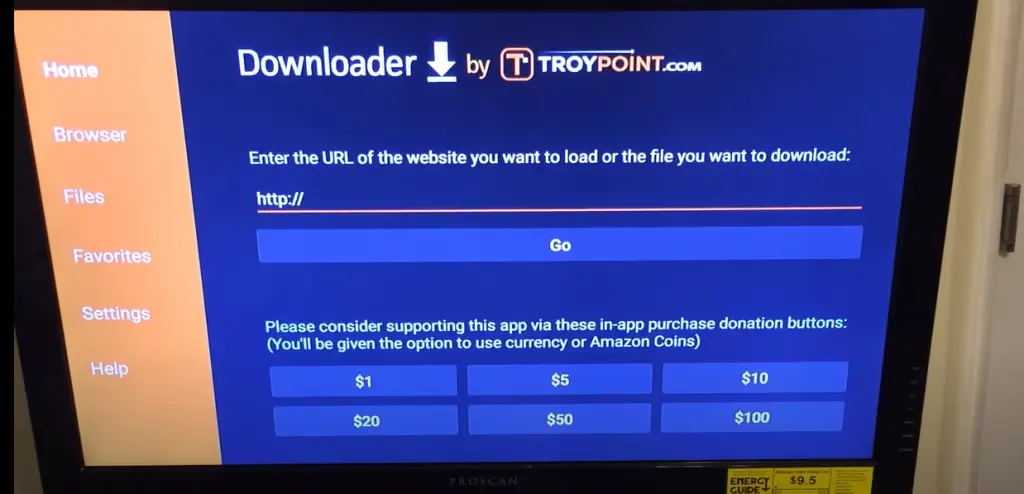How to Start My Own IPTV Server
Are you thinking of starting your own IPTV server, but don’t know where to start? If so, then you’ve come to the right place. This article will provide you with step-by-step instructions on how to create your own IPTV server.
But first, let’s start with the basics. IPTV stands for Internet Protocol Television, which is simply the delivery of television content over the internet. This technology has made it possible for people all over the world to watch their favorite shows and movies on-demand, rather than having to rely on traditional cable or satellite television.
Now let’s dive into the steps for starting your own IPTV server.
Step 1: Choose Your Server Hardware
The first step in creating your own IPTV server is to choose the right hardware. Your server hardware needs to have enough processing power, enough RAM, and enough storage to handle all of your clients’ requests.
A good place to start is with a dedicated server from a reputable hosting provider. You can also build your own server if you have the technical know-how and the budget to do so.
Step 2: Install the Required Software
Once you have your server hardware in place, the next step is to install the required software. This includes the IPTV server software, as well as the necessary codecs and plugins.
There are many different IPTV server software options available, so it’s important to choose one that is reliable and easy to use. Some popular options include Xtream Codes, Stalker Middleware, and Wowza Streaming Engine.
Step 3: Create Your Own Content
If you want to start your own IPTV server, you’ll need to create your own content. This can include TV channels, movies, and even live events.
Depending on your budget, you can either create your own content from scratch or purchase content from an existing provider. Keep in mind that creating your own content can be time-consuming and expensive, but it can also give you more control over the quality of your server.
Step 4: Set Up Your IPTV Server
Once you have your hardware, software, and content in place, it’s time to set up your IPTV server. This involves configuring your server settings, setting up your billing system, and creating user accounts for your clients.
The specific steps for setting up your IPTV server will depend on the software you’re using, as well as your own preferences and needs.
Step 5: Promote Your IPTV Server
Finally, once your IPTV server is up and running, it’s important to promote it to potential clients. This can include advertising on social media, creating a website, and reaching out to potential customers directly.
The success of your IPTV server will depend on the quality of your content, as well as your ability to market it effectively.
Conclusion
Starting your own IPTV server can be a challenging and rewarding process. By following these steps, you can create your own server and start delivering high-quality television content to clients all over the world. Remember to choose the right hardware and software, create your own content, and promote your server effectively to attract new clients.
Get your subscription today: iptvuk.uk






